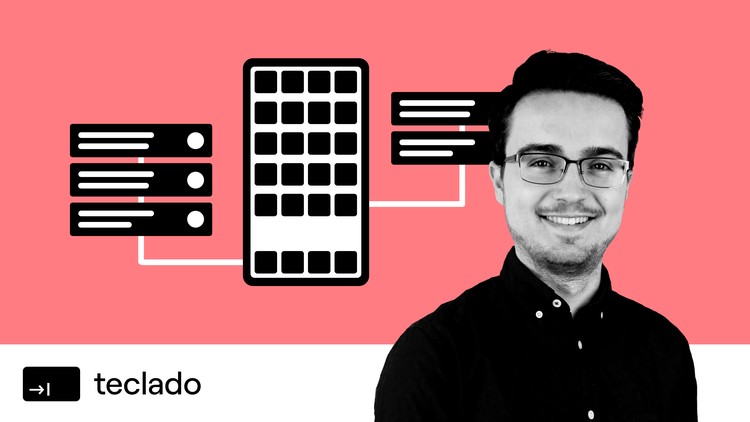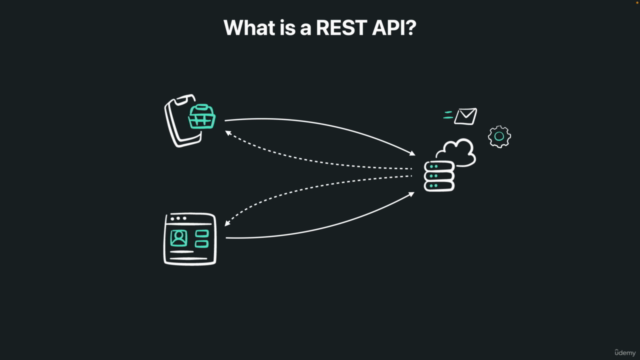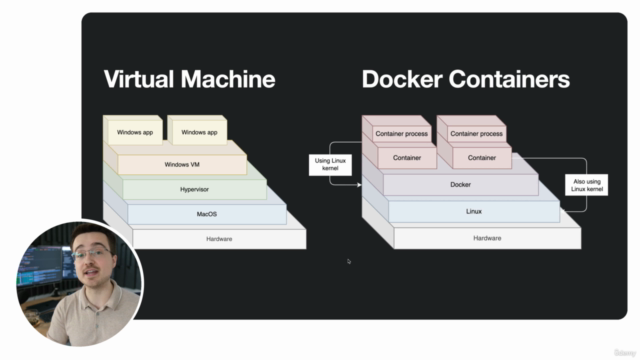REST APIs with Flask and Python in 2025
Build professional REST APIs with Python, Flask, Docker, Flask-Smorest, and Flask-SQLAlchemy
4.59 (23997 reviews)

138,588
students
12.5 hours
content
Feb 2025
last update
$129.99
regular price
What you will learn
Connect web or mobile applications to databases and servers via REST APIs
Create secure and reliable REST APIs which include authentication, deployments, and database migrations
Understand the different layers of a web server and how web applications interact with each other
Handle seamless user authentication with advanced features like token refresh
Handle log-outs and prevent abuse in your REST APIs with JWT blacklisting
Develop professional-grade REST APIs with expert instruction
Optimize performance of your REST APIs using task queues and background workers
Screenshots




970600
udemy ID
9/28/2016
course created date
6/9/2019
course indexed date
Bot
course submited by